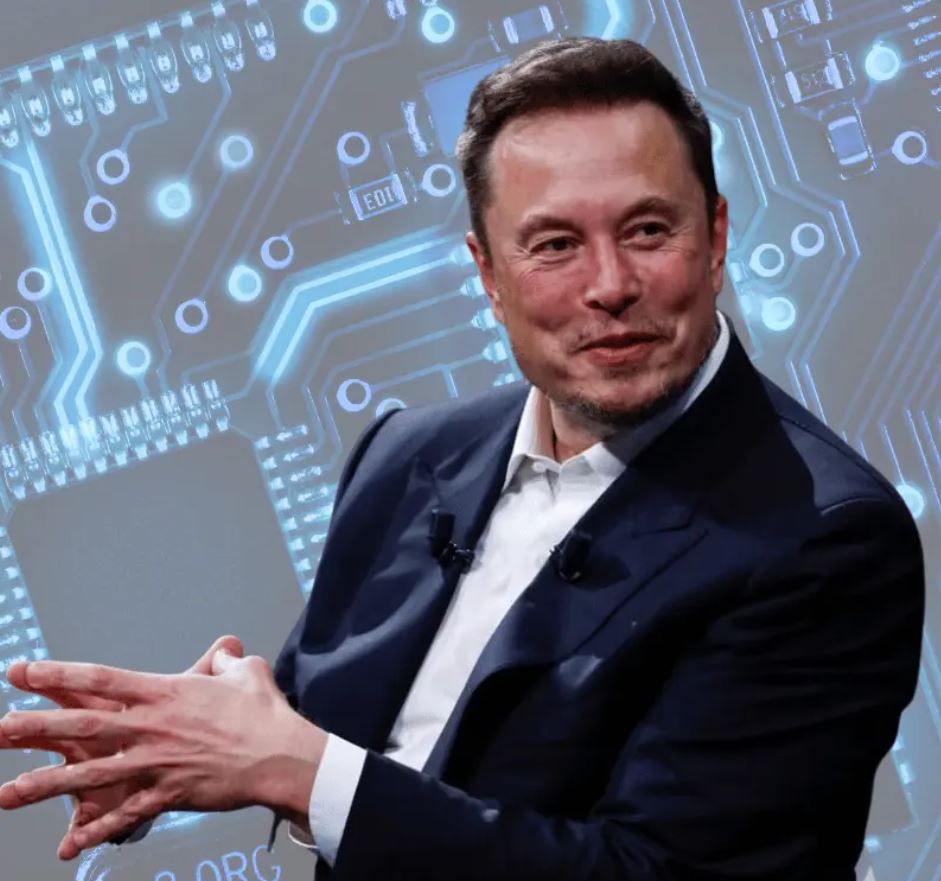 When Elon Musk announced that his AI startup, xAI, would merge with his social media platform, X (formerly known as Twitter), it was a move that caught everyone’s attention. This all-stock merger might have surprised some, but it fits right into Musk’s bigger plan to leverage the interconnected nature of his business empire.
When Elon Musk announced that his AI startup, xAI, would merge with his social media platform, X (formerly known as Twitter), it was a move that caught everyone’s attention. This all-stock merger might have surprised some, but it fits right into Musk’s bigger plan to leverage the interconnected nature of his business empire.
Integrating xAI’s chatbot, Grok, into X was already underway, showing a synergy that seemed almost inevitable, especially given X’s financial hurdles. This merger gives Musk a chance to recast his hefty $44 billion Twitter acquisition as a strategic step towards leading the charge in artificial general intelligence (AGI).
Investing in Musk’s ventures isn’t just about immediate gains; it’s about buying into the visionary narrative he spins. Critics might say he has a history of overpromising, but the market’s tolerance for these narratives is growing, especially when they come from influential figures.
As Yoni Rechtman from Slow Ventures aptly puts it, “All of Elon’s companies today are basically one company.” This highlights how Musk’s various businesses, like Tesla, SpaceX, The Boring Company, and Neuralink, often share resources and a strategic vision, creating what some call the ‘Elon ecosystem.’
Investment firms like Baron Capital see real value in this ecosystem approach, suggesting that Musk’s actions across his companies mutually reinforce each other. However, this interconnectedness raises questions about valuations—how can X be valued at $33 billion and xAI at $80 billion with uncertain revenues?
These valuations often reflect future potential rather than current metrics. Take Tesla, for example; its valuation relies more on the promise of technological breakthroughs than on traditional automaker margins.
Gene Munster from Deepwater Asset Management notes, “The reason why [Tesla’s] stock trades at 80 times earnings and the comp group trades at 25 times earnings is that people are making a bet on the long term.” This investor faith in Musk’s long-term vision is what fuels the optimism surrounding the xAI-X merger.
However, this consolidation isn’t without risks. Legal challenges, like the SEC lawsuit over Musk’s delayed disclosure of his Twitter investments, pose immediate threats. Privacy concerns, especially about X’s data collection for AI model training, add another layer of complexity.
Regulatory uncertainties are also significant, with no clear consensus on AI market regulation yet. As Dan Wang from Columbia Business School notes, frameworks are developing, especially in Europe and California, to address AI deployment and corporate responsibilities.
Despite these risks, some investors remain undeterred, confident in xAI’s potential to become a major player in AI. Munster asserts, “We’re betting the firm on the belief that AI is going to be more transformative than what people think.”
For Musk’s supporters, the xAI-X merger is another step in the grand narrative of his vision for the future. As Rechtman suggests, aligning with Musk could unlock further investment opportunities in his ventures, reinforcing the allure of his ambitious projects.
The merger is a testament to Musk’s skill in crafting a compelling story about the future—one that investors are eager to be part of, despite the inherent risks and challenges.








